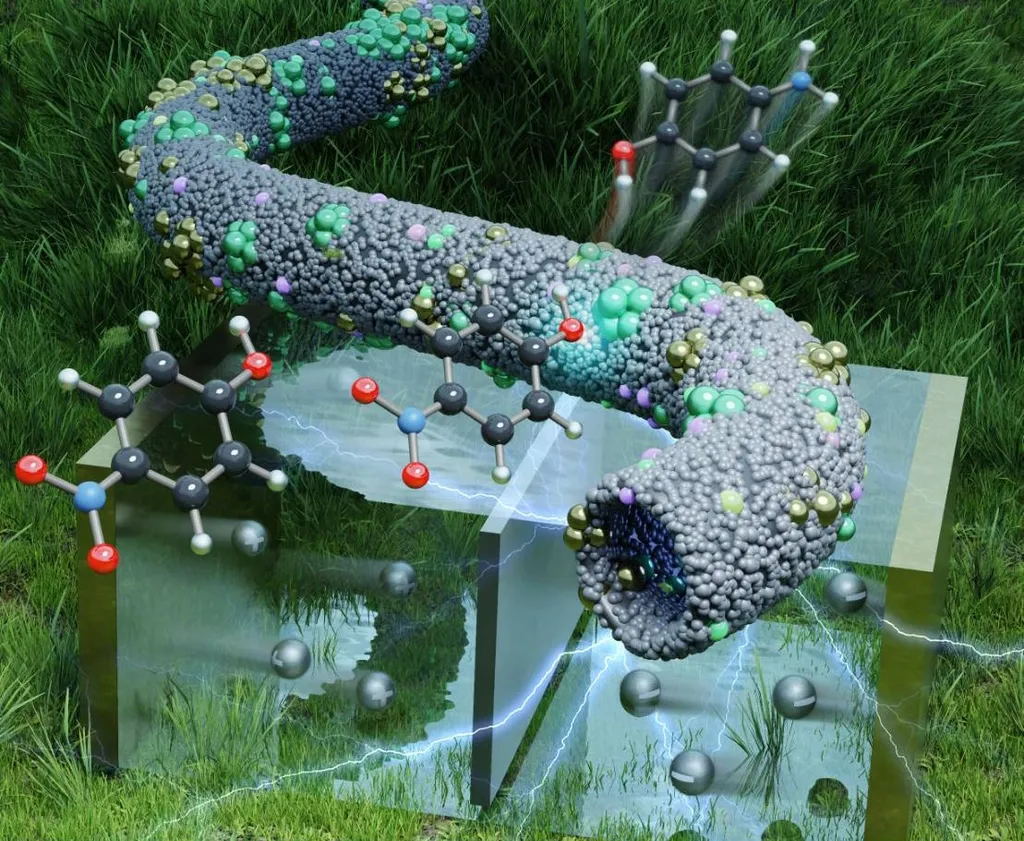In the ever-evolving landscape of materials science, a recent study published in the journal *Science and Engineering of Composite Materials* (translated from Russian as *Наука и инженерия композитных материалов*) is making waves, promising to reshape the future of ceramic and carbon composites. Led by Andrey Pisarev from the Faculty of Engineering at Lishui University in China, the research delves into the intricate world of nanomaterials, offering groundbreaking insights into their potential to revolutionize the energy sector.
Pisarev and his team have been exploring the use of nanomaterials as reinforcements in ceramic and carbon matrix composites. Their work focuses on the manufacturing methods and the resulting improvements in mechanical properties, such as crack resistance. “The key to unlocking the full potential of these composites lies in the effective dispersion of nanofillers,” Pisarev explains. “By optimizing the dispersion methods, we can significantly enhance the performance of these materials.”
The study highlights several advanced dispersion assessment methods that can help achieve uniform distribution of nanofillers, such as carbon nanotubes and other nanoparticles, within the matrix. This uniformity is crucial for improving the mechanical properties of the composites, making them more robust and durable.
The implications for the energy sector are substantial. Ceramic and carbon composites reinforced with nanomaterials can withstand extreme conditions, making them ideal for applications in high-temperature environments, such as those found in energy generation and storage systems. “These advanced materials can lead to more efficient and reliable energy solutions,” Pisarev notes. “They can enhance the performance of components in power plants, solar panels, and even batteries, contributing to a more sustainable energy future.”
The research also underscores the importance of understanding the interaction between nanofillers and the matrix material. By tailoring the manufacturing processes, scientists can create composites with tailored properties, opening up new possibilities for innovation in various industries.
As the world continues to seek sustainable and efficient energy solutions, the work of Pisarev and his team offers a glimpse into the future of materials science. Their findings could pave the way for the development of next-generation materials that are not only stronger and more durable but also more environmentally friendly.
In the realm of materials science, every breakthrough brings us one step closer to a future where technology and sustainability go hand in hand. Andrey Pisarev’s research is a testament to the power of innovation, driving us towards a future where the boundaries of what is possible are continually redefined.

